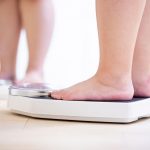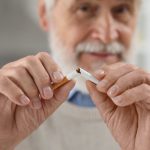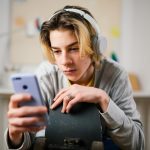
The GLP-1 drug semaglutide can help obese people manage debilitating knee arthritis, a new trial has found. People who received weekly injections of semaglutide — the active agent in the diabetes drug Ozempic and the weight-loss medication Wegovy — had a nearly 14% decrease in their body weight after 68 weeks, compared with 3% of people given a placebo, results showed. The trial was funded by Novo Nordisk, the drug company that makes semaglutide. This weight loss translated into a decrease in knee pain and improved knee function among those taking semaglutide, researchers reported Oct. 30 in the New England Journal of Medicine. “Obesity-related knee osteoarthritis is a progressive condition that can lead to pain and stiffness of the knee and impair critical daily functions such as walking or moving around,” said lead researcher Dr. Henning Bliddal, a professor of rheumatology with Copenhagen University Hospital in Denmark. “The risk of developing the condition is more than four times higher in people with obesity,” Bliddal added in a Novo Nordisk news release. Added weight places more stress on the knee, causing the natural cartilage that cushions the joint to wear down more quickly, experts say. Dropping excess pounds is often recommended to treat knee arthritis, but it can be tough to achieve through diet and exercise alone, Bliddal noted. For this study, researchers recruited 407 adults… read on > read on >


















